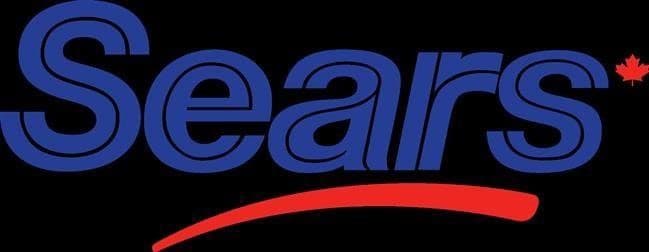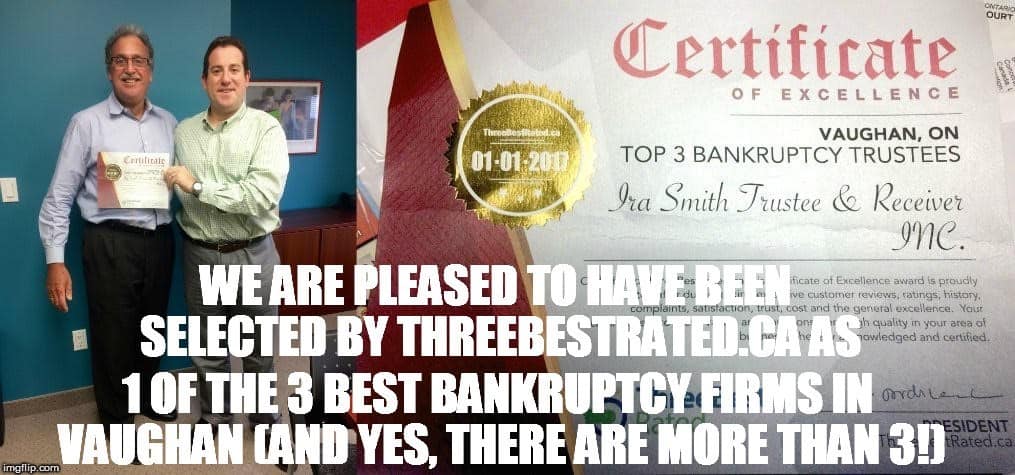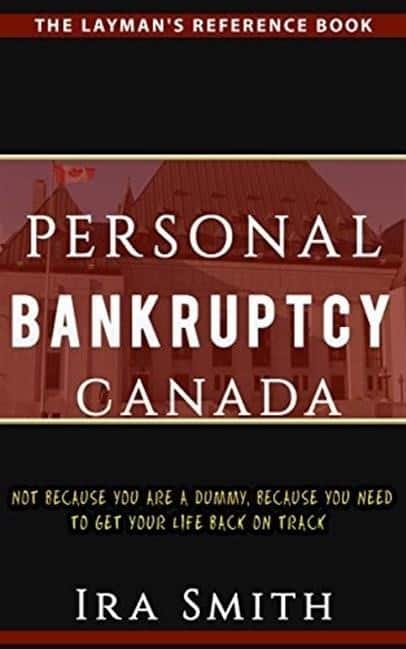
Sears Canada defined benefit pension plan shortfall: Introduction
On November 6, 2017, Hamilton Mountain NDP MP Scott Duvall rose in the House of Commons for leave to introduce Bill C-384. It is titled “An Act to amend the Bankruptcy and Insolvency Act and the Companies’ Creditors Arrangement Act (pension plans and group insurance programs)”. Mr. Duvall’s motivation was the Sears Canada defined benefit pension plan shortfall.
Sears Canada defined benefit pension plan shortfall: Hamilton Mountain MP Scott Duvall introduces Private Member’s Bill C-384
Here is what Mr. Duvall said:
“Mr. Speaker, I would like to take this time to thank my seconder, my colleague who has done great work and works very hard in this House, and who has also helped me a lot on this bill.
I rise today to introduce a private member’s bill titled, an act to amend the Bankruptcy and Insolvency Act and the Companies’ Creditors Arrangement Act. This bill will amend the Bankruptcy and Insolvency Act and the CCAA so that companies will have to bring any pension plan fund to 100% before paying any other secured creditors. It also makes amendments to require companies to pay any termination or severance pay owing before paying any secured creditors.
Other amendments will prevent a company from stopping the payment of any post-retirement benefits during any proceedings under the BIA or CCAA. These amendments will inject some fairness into a process that often sees the interests of workers, retirees, and their families placed behind all others.
We must fix the imbalances in current legislation and provide Canadian workers, retirees, and their families with the protection they expect and deserve. I am hopeful that all my colleagues in Parliament will put aside their partisan differences and support this bill. Canadian workers, retirees, and their families deserve no less.”
Although he did not mention it specifically by name in the House of Commons, Mr. Duvall has said that he would introduce such a Bill as a result of the Sears Canada defined benefit pension plan shortfall.
Sears Canada defined benefit pension plan shortfall: Hamilton Mountain MP Scott Duvall walks the walk
In our September 27, 2017 blog, TORONTO BUSINESS BANKRUPTCY PROTECTION: NDP WANTS FEDERAL INSOLVENCY LAWS CHANGED SO THERE IS PENSION PLAN SECURITY WHEN FINANCIALLY TROUBLED BUSINESSES FAIL, we told you that Hamilton Mountain MP Scott Duvall, the NDP pension plan critic, informed a group at the United Steelworkers’ Hall that he will present a private member’s bill to secure employees’ pension plans and benefits, and pressure business to offer termination or severance pay, prior to paying secured lenders.
With his Bill C-384, Mr. Duvall has lived up to his promise.

Sears Canada defined benefit pension plan shortfall: This is actually the second Bill attempting deal with this problem
In our November 1, 2017 blog, SEARS CANADA CLOSING: POLITICIANS WANT NEW LAWS TO PROTECT PENSIONERS DUE TO SEARS CANADA CLOSING, we reported that Bloc Québécois MP Marilène Gill’s Private Member’s Bill C-372, passed First Reading. That Bill is titled “An Act to amend the Bankruptcy and Insolvency Act and the Companies’ Creditors Arrangement Act (pension plans and group insurance plans)”. In that blog, we described the provisions included in that Bill.
Like Mr. Duvall, Ms. Gill is trying to pass legislation to avoid another Sears Canada defined benefit pension plan shortfall insolvency situation.
Sears Canada defined benefit pension plan shortfall: What does Bill C-384 actually say
The purpose of this blog, is to describe the terms of Mr. Duvall’s Bill.
Mr. Duvall’s Private Member’s Bill C-384 passed First Reading. It is very similar to Ms. Gill’s BIll C-372. He wishes to amend the Bankruptcy and Insolvency Act (BIA) as follows:
- In order to be approved by the Court, a corporate restructuring proposal under the BIA, for a company with a prescribed pension plan, the Proposal must include payment in full of any unfunded pension liability or solvency deficiency. The amount is calculated at the time of the filing of the Notice of Intention To Make A Proposal (NOI) or the Proposal if there is no NOI filed.
- New section 69. 7 be added to the BIA that in the restructuring proposal of an employer, upon filing, until the discharge of the Licensed Insolvency Trustee (LIT), or the insolvent employer becomes bankrupt, all amounts that the employer must contribute under any arrangement for the benefit of the employees, must continue throughout the restructuring period. This would cover any pension plan, health, injury or accident plans and group insurance coverage.
- The unfunded pension liability or solvency deficiency calculation is called “special payments” in Bill C-384. The calculation is by section 9 of the Pension Benefits Standards Regulations, 1985.
- In a receivership, the receiver is personally liable for paying any unfunded pension liability or solvency deficiency. However, the receiver’s liability is only from the proceeds of the sale of current assets.
- In either a receivership or corporate bankruptcy, the charge for any unfunded pension liability or solvency deficiency would rank ahead of the charge of any other secured creditor. It is interesting to note that the Bill does not attempt to provide such a security ranking to anything other than the pension liability or solvency deficiency.
- The Officers and Directors of the company are not entitled to the benefit of this secured charge. Even if they are participants in the pension plan that has the unfunded pension liability or solvency deficiency.
- New subsection 136(1) (d. 001) to the BIA, creating an extra class of preferred creditor. A preferred creditor is an unsecured creditor who ranks ahead of the ordinary unsecured creditors and ranks after the secured creditors. The Bill states that it would say that the amount of any termination or severance pay owed to an employee by a bankrupt employer, less any amount previously paid by the LIT, would rank in priority right after the wages owed to the employee.
- There are also proposed amendments to the Companies’ Creditors Arrangement Act (CCAA) in Bill C-384. It is to bring the same changes in that statute as those to the BIA described above. The intent is that the treatment under both statutes is the same.
Sears Canada defined benefit pension plan shortfall: Now it is up to Justin Trudeau and his Liberal Party
We will now have to wait and see what happens to both Ms. Gill’s and Mr. Duvall’s Private Member’s Bills. As we previously reported, it is unusual that a Private Member’s Bill becomes real legislation. As the Liberals hold a majority in Parliament, if they don’t want it, or a revised Bill for the same purpose, to pass, it won’t.
Sears Canada defined benefit pension plan shortfall: Does your company need a restructuring and turnaround plan?
Is your company insolvent and needs to restructure? Is your business viable but can only employ people and carry on business if it can restructure its debt? Contact the Ira Smith Trustee & Receiver Team. If we meet with you early on, we can create a restructuring and turnaround strategy. That way your company won’t have to be like Sears Canada closing.

















